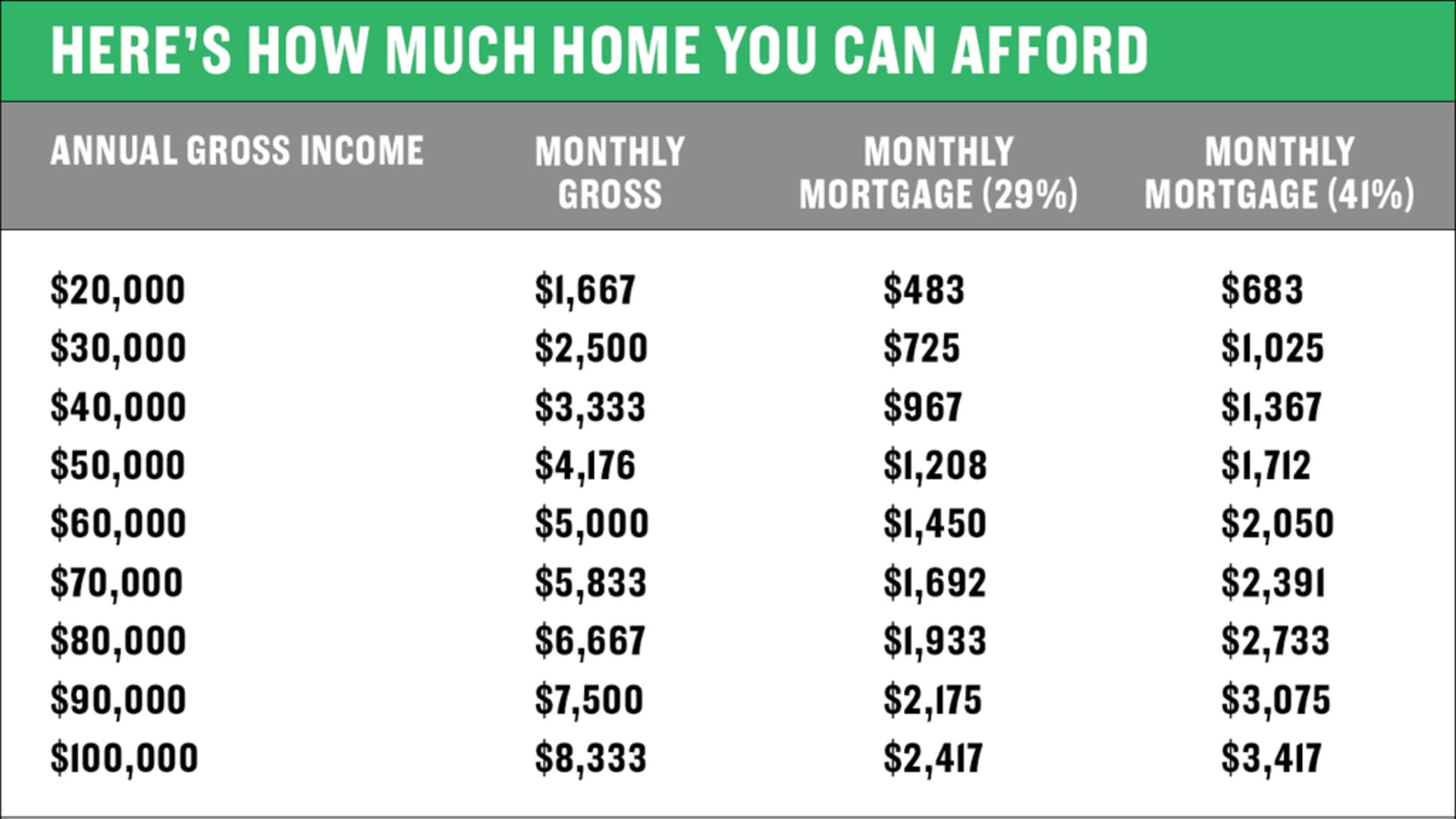
Can you afford to retire
1. Traditional IRA contributions. You have until April 18 to contribute to a traditional IRA for the 2021 tax year. Your contribution can reduce your taxable income, which, in turn, would reduce the amount of tax you owe. If you're under age 50, you can contribute up to $6,000 for 2021. People who are 50 and older can contribute up to $7,000.

Loan Out What You Can Afford To Lose YouTube
People age 65 and older can earn a gross income of up to $15,700 before they are required to file a 2023 tax return, which is $1,850 more than younger workers. The tax-filing threshold for couples.

What Happens If You Can't Afford a Tax Bill? YouTube
The Internal Revenue Service (IRS) offers attractive perks to taxpayers of a certain age! With age comes wisdom, as well as some great tax breaks that younger people don't get. If you've already turned 50, take advantage of these perks aimed at older taxpayers. You can contribute more to retirement accounts If you fell behind. Continue reading

Here's how to figure out how much home you can afford
Extra standard deduction for people over 65. When you turn 65, the IRS offers you a tax benefit in the form of an extra standard deduction for people age 65 and older. For example, a single 64.

What Happens if You Can’t Afford Your Tax Bill? Digital Trends Report
If you're 50 or older, there is one benefit to reaching this milestone that you may be overlooking: tax breaks aimed right at you. Now you can contribute more to your Roth or traditional individual retirement account (IRA), to your employer-sponsored plan or to your health savings account (HSA) than you could when you were younger.

Needed to Afford the Average Home in Every State TheCostGuys
For 2023, the contribution limit for employees who participate in 401 (k) and 403 (b) programs, most 457 retirement saving plans and the federal government's Thrift Savings Plan has been increased to $22,500, from $20,500 in 2022. Employees 50 and older can contribute an additional $7,500 (up from $6500 IN 2022), for a total of $30,000.

Cấu Trúc Và Cách Dùng AFFORD Trong Tiếng Anh Blog Chia Sẻ AZ
Money Forums. Budget & Savings. Re: 💰 Tax Breaks After 50 You Can't Afford to Mis. Topic Options. IamReadyForSpring. Regular Social Butterfly. 01-30-2024 10:07 AM.

9 Tax Breaks for People Over 50 Anchor Wealth Management
Don't forget your HSA. If your employer offers a health savings account (HSA), you'll want to make sure to take full advantage of it. The IRS allows you to deduct your contributions to your retirement account from your gross income, even if you don't itemize, and those made by your employer are excluded from your gross income, too.

How Having a Home Based Business Can Help with
Employees 50 and older can add an additional $6,500, for a total of $27,000. The contribution limit for a traditional or Roth IRA is unchanged, at $6,000. The catch-up is $1,000, the same as for.

50 State Infographic How Much Do You Need to Afford the Average
IRS tax code offers perks to taxpayers of a certain age. If you're 50 or older, there is one benefit to reaching this milestone that you may be overlooking: tax breaks aimed right at you.

What If I Cannot Afford To Pay My Taxes When Due?
Tax Breaks Over 50 You Can't Afford to Miss. By Patricia Amend, AARP, January 2024. IRS tax code offers perks to taxpayers of a certain age. The rate of inflation fell in 2023. The Consumer Price Index, the government's main gauge of inflation, rose 3.4 percent for the 12 months that ended in December, compared with 6.5 percent in December 2022.

What to do if you can't afford to pay taxes you owe the IRS on July 15
For 2024, the contribution limit for employees who participate in 401 (k) and 403 (b) programs, most 457 retirement saving plans and the federal government's Thrift Savings Plan has been increased to $23,000, up from $22,500 in 2023. Employees 50 and older can contribute an additional $7,500, the same as for 2023, for a total of $30,500.

BLOG Four Tax Breaks for People Over 50 Bank of the Lowcountry
For most younger workers, that limit is $6,500 for IRA contributions in 2023 and $7,000 in 2024. However, older workers who are trying to save more as they get closer to retirement can contribute more to their retirement funds: After age 50, you can contribute $7,500 to your IRA in 2023 or $8,000 in 2024. 3. Increased 401 (k) contributions.

What To Do If You Can't Afford To Pay Your Taxes Tax help, Business
Let's assume your salary is $35,000 and your tax bracket is 25%. Contribute 6%—$2,100—and your taxable income will be reduced to $32,900. The income tax you'll pay on $32,900 will be $525 less than on $35,000, according to figures from Intuit TurboTax. To be clear: Retirement contributions made to a Roth IRA or Roth 401(k) are made on an after-tax basis. » Read more about: Tax Breaks.

Can T Afford To Pay My Taxes Tax Walls
Money Forums. Budget & Savings. 💰 Tax Breaks After 50 You Can't Afford to Miss (A. Topic Options. SpringIsHereSoHappy. Recognized Social Butterfly. 01-30-2024 10:07 AM.

7 Business Tax Credits You Can't Afford to Miss Out On
If you're 50 or older, there is one benefit to reaching this milestone that you may be overlooking: tax breaks aimed right at you.